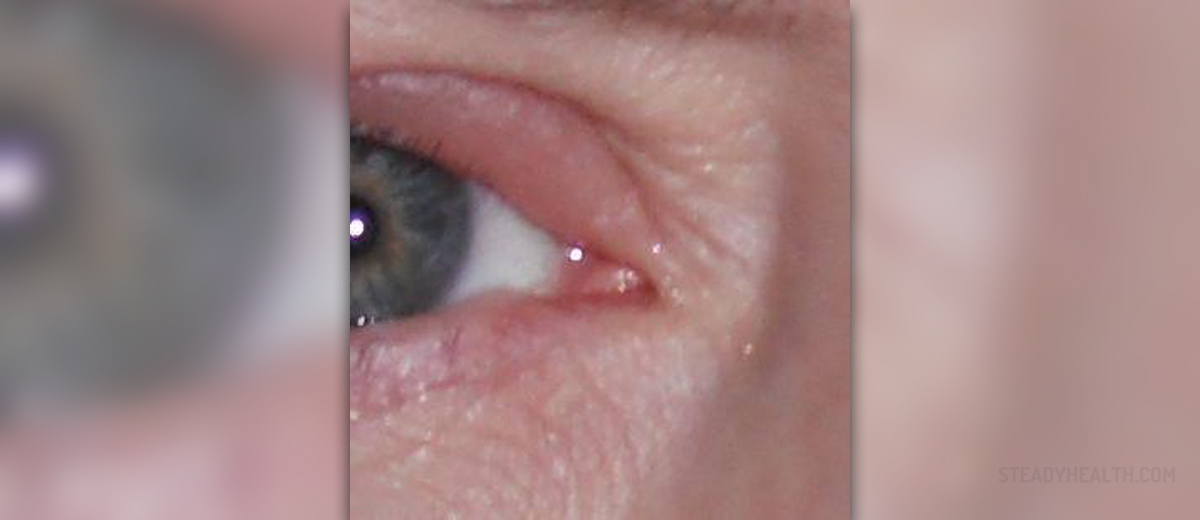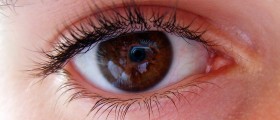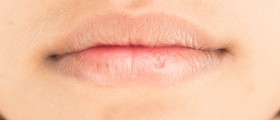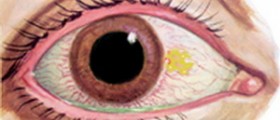
Blocked tear duct is a condition predominantly affecting babies. It develops due to the presence of a membrane inside the tear duct which prevents drainage of tears into the nasal cavity. So instead of being collected in the inner corner of the eye and going through the tear duct into the nasal cavity, tears start to flow down the face. Inadequate drainage of tears can cause secondary infections and make matters worse.
It is estimated that the condition affects 6 out of 100 newborns. Blocked tear duct is not a common condition among older individuals and if it occurs, it may point to the presence of some malignant tumors growing near the tear duct and compressing this structure. In adults blocked tear duct may also develop due to some injuries and infections.
Blocked Tear Duct Clinical Characteristics
Depending on the underlying cause, there are many symptoms and signs patients feel or complain about. Still, this condition is typically characterized by excessive tearing. The affected eye may appear wet or tears run down the cheek.
In babies the mentioned abnormalities in the flow of tears are reported within the first days or weeks after birth. In people in whom the tear duct used to function normally, its blockage leads to excess tearing as well. The problem occurs suddenly.
If there is associated infection, the eyelids may be red, swollen and even stick together in the presence of discharge.
Pain is not reported unless one has developed severe secondary infection, or the underlying cause of tear duct blockage is a tumor that infiltrates the nearby structures (especially bones).Diagnosing Blocked Tear Duct
A well experienced physician can easily diagnose blocked tear duct just by examining the affected eye and after taking a patient's medical history. There are also specific tests performed by an ophthalmologist which confirm that tears do not enter the nasal cavity. The underlying cause must be identified and this is the reason why older people and those who have suddenly developed tear duct blockage must undergo additional tests and exams such as CT scan or MRI.
Treatment for Blocked Tear Duct
As for babies born with blocked tear duct, a massage and gentle compression onto the duct may cause rupture of the membrane that prevents drainage of tears. If this fails and babies start to develop recurrent infections, the condition is treated with tear duct probing, an insertion of a tiny, blunt, metal wire into the tear duct and perforation of the membrane. The procedure is performed under anesthesia.
Older people may suffer from blocked tear duct due to different underlying conditions. In case there is a tumor causing obstruction of the tear duct, it is surgically resected while further treatment depends on the type of tumor. Infections are treated with adequate medications and injuries may be surgically treated.

















Your thoughts on this
Loading...